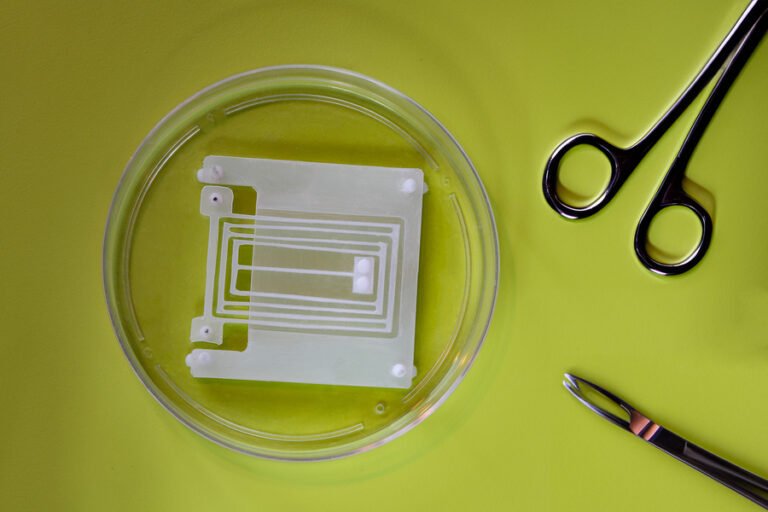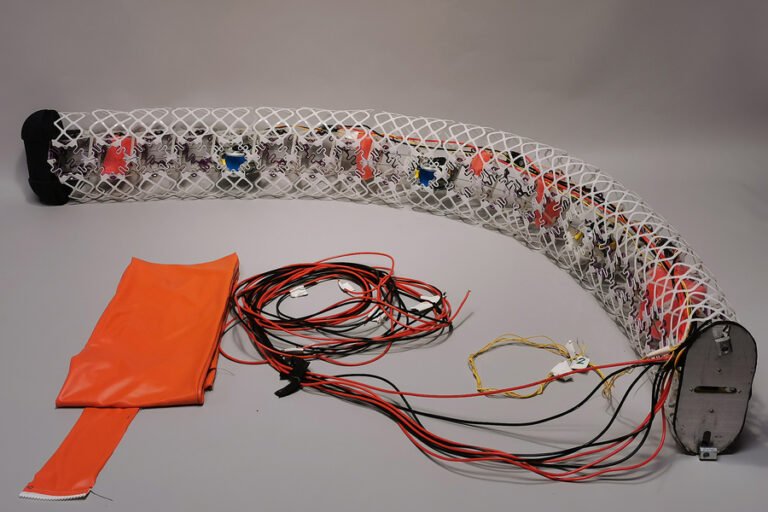‘Mice Cells’ Harvested Muscle Tissue Empower ‘Biohybrid’ Robotics Movement

While these systems have soft forms, however, many of their components are still rigid like their more traditional counterparts.
Researchers are working to bring flexible elements to create locomotion for these soft robots.
Researchers at the school are using live muscle tissue in tandem with synthetic robot parts for a classification of robots known as “biohybrid.”MIT Professor of Engineering Ritu Raman confirmed the process with TechCrunch, noting, “We build the muscle tissues from mouse cells, and then we put the muscle tissues on our robot’s skeleton.
Biological muscle tissue can be difficult to work with and generally unpredictable.
The flexures still needed to be tweaked to the specifications of the robot, ultimately opting for structures with 1/100th the stiffness of the muscle tissue.






